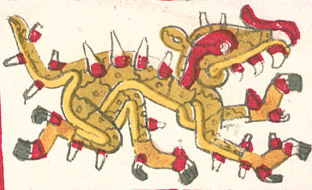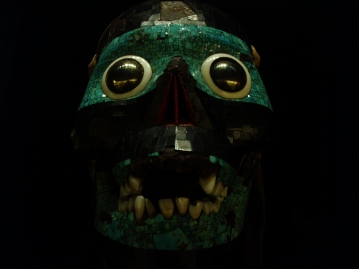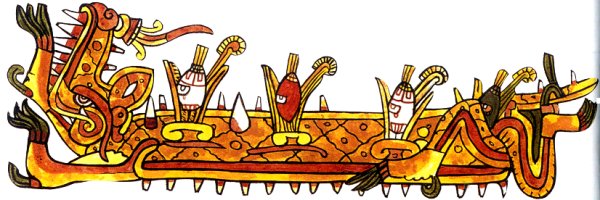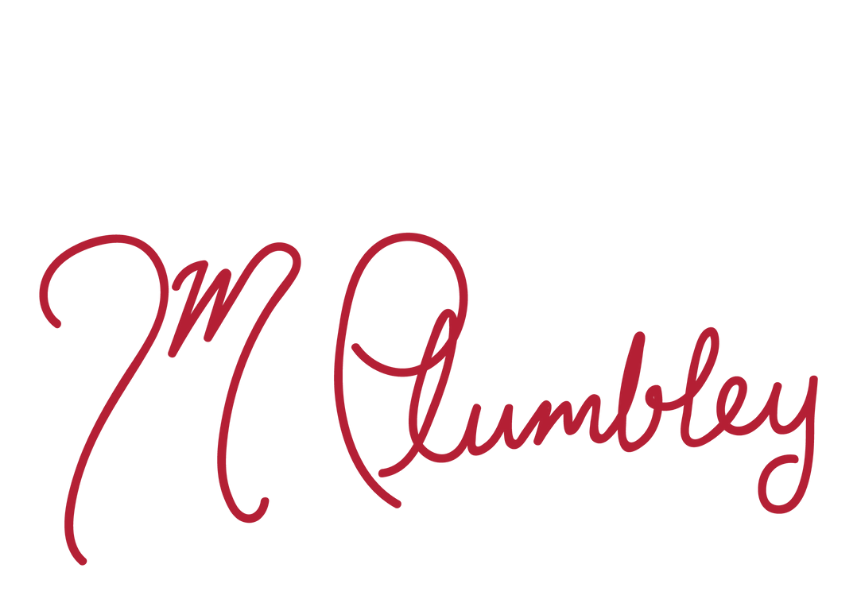Happy new year, everyone! On this, the arbitrary day which the Western world has deemed the day we turn the page, I wanted to bring you a monster appropriate for the occasion: one centered around beginnings, creation, and life, with all its attendant horror.
This post has been brought to you by Aztec mythology.
15th and 16th century Aztecs (also known as the Mexica) had different religious views than what the average American is probably used to. They were polytheistic and carried out a huge number of important, complicated rituals throughout the year. Many of these placed a high value in sacrifice–not just the human sacrifices that they are (in)famous for, but sacrifices in general: self-sacrifice with bloodletting, sacrificing of animals, food, flowers, etc. Sacrifice and death were bound to life: you could not get one without the other. So it’s not super surprising that in (at least one of) their creation myths, sacrifice plays an essential role.
The story goes like this:
In the beginning, a dual god created itself out of nothing, and then from itself created four sons, each of which claimed a cardinal direction. The gods then went about trying to create the earth, but the task was difficult, and on their first attempt managed only to create a vast, endless ocean and Cipactli, the subject of our tale.
Cipactli was something like a crocodile, if a crocodile were the size of Pangea and had some characteristics that were less crocodilian and more like a fish or a toad. Cipactli was extra special in that they (I’m using a general pronoun because Cipactli had, at least according to Wikipedia, “indefinite gender”) had a mouth on every single joint of their body.

An image of Cipactli, our hero (?). I am wondering if we can assume that all the red spots are blood. Courtesy of Wikimedia Commons.
If we want to stop to do some math here: (insanely large carnivorous monster) + (mouths multi-jointed nightmares) = a hideous number of teeth and an insatiable hunger for blood. A regular crocodile is, frankly, bad enough, but this Cipactli was something else. The gods discovered the extent of their problem quickly, since whenever they tried to create something else, Cipactli’s mouths would swallow it whole. This made progress difficult, and the gods decided that they needed to kill the monster so that everything could move forward. But when Cipactli had teeth at every angle, how could the gods even hope to make an approach?

Mask of Tezcatlipoca, courtesy of Manu on Flickr.
Enter Tezcatlipoca, “the Smoking Mirror,” lord of the night sky, the north, discord, divination, beauty, and sorcery, among other things. He was soon to become one of the gods the Aztec people feared and revered the most. They would call him by many names: “Enemy of Both Sides,” “Lord of the Near and Nigh,” “He By Whom We Live,” and, most tellingly, “We Are His Slaves.” He was often depicted with a black and yellow stripe across his face, an obsidian mirror on his chest, and another mirror, bone or a snake taking place of his right foot. But his foot was not always missing.
Here, at the dawn of time, Tezcatlipoca approached Cipactli first, sacrificing himself so that the other gods could make their move. One of Cipactli’s mouths snapped shut around Tezcatlipoca’s foot, and as the blood spurted, the gods all grabbed the monster and tore them apart. Cipactli’s body became mountains, valleys, forests, and plains, all floating in the primordial soup of the sea. Thus the gods were able to begin their attempts at creating life–though they would go through four cycles of birth and violent destruction before arriving at the world we know today.

A drawing by Giggette over at Wikimedia Commons of what appears to be the Cipactli battle scene, judging by how pissed everyone looks.
But the story doesn’t end there. Cipactli may have been defeated, but their hunger never stopped. Still the hills and ravines and all the odd corners of the earth are covered with mouths that crave the blood and hearts of men. And still humanity has not–perhaps cannot–repay its blood debt to Tezcatlipoca for the sacrifice of his foot.
But by Jove, the Aztecs tried.
Obviously we do not understand Aztec culture the same way they did–Spanish conquistador accounts were biased (to put it mildly), and have colored our view of things unfairly. What might seem horrific to us might have been moving or even beautiful to them. Our own culture is not without its appreciation for sacrifice–take Jesus, for example–but nowadays, we tend to shy away when things get visceral.
But it is a comforting thing, to trust that life and beauty grow out of death, even at its most frightening.
So here’s to the New Year, which, like every year, will doubtless bring us a little bit of both. May you and yours be kept safe and happy, far away from the teeth between the hills.
New year, new you! What fresh new look will you adopt to help stave off the existential dread? Share your style in the comments below.
For more of Manu’s awesome stuff on Flickr, go here! Featured image by Егор Камелев.





0 Comments